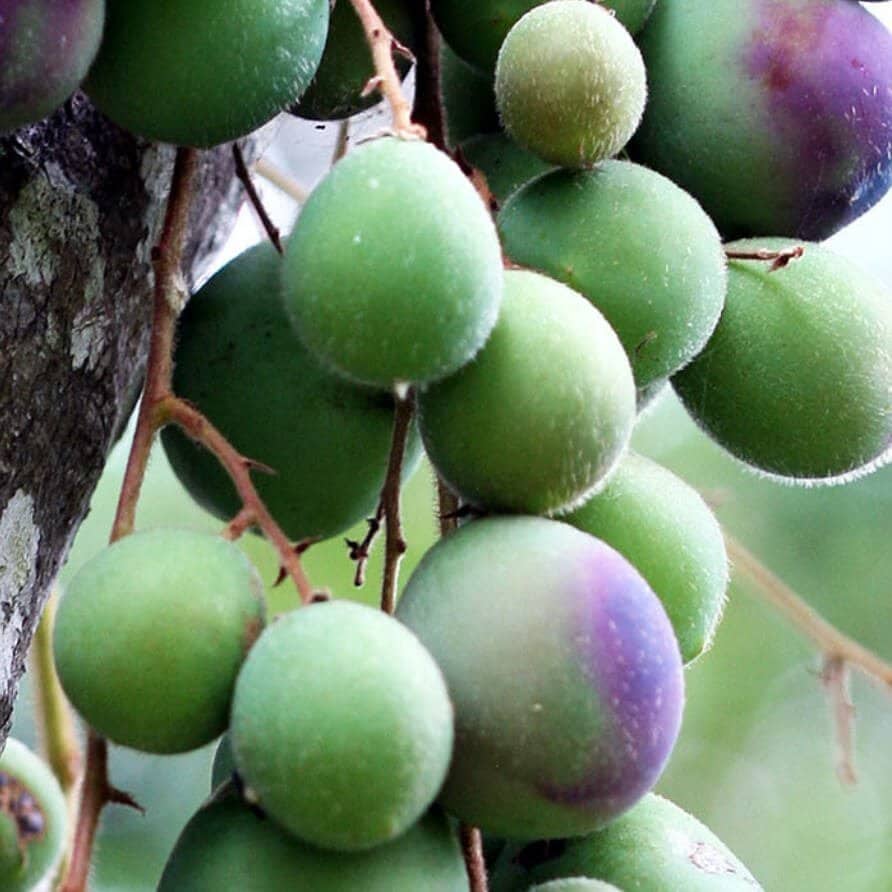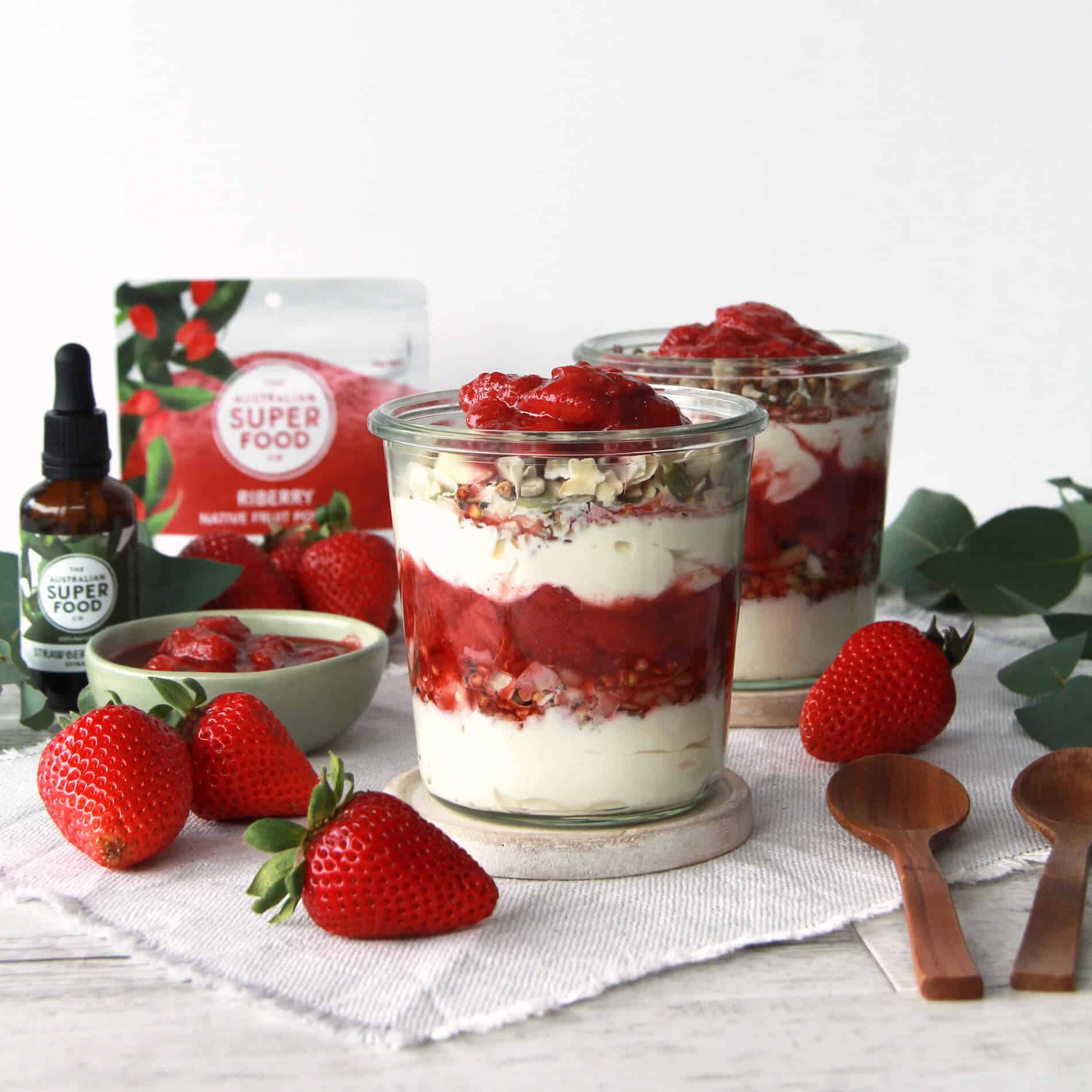A Six Week Program for Preventing Diabetes Through Diet
07/04/2016In 2008, an estimated 347 million people worldwide had diabetes and by 2030, The World Health Organization predicts that diabetes will be the 7th leading cause of death. On 7th April 2016, World Health Day will be dedicated to spreading awareness of diabetes. Below is a great article we found on Body and Soul for a six week program for preventing diabetes through diet.
Type 2 diabetes and other insulin-related health disorders such as metabolic syndrome are the biggest global health epidemic of our time. What we eat is the most important factor in preventing them.
When your diet is full of empty calories and an abundance of quickly absorbed sugars and refined carbohydrates, your cells slowly become resistant or numb to the effects of insulin.
This six-week program uses food as medicine to regulate your metabolism, blood sugar and insulin levels.
How it works
Eat food that improves your genes To turn off the genes that lead to diabetes and turn on the genes that lead to health, the key is the type of food you eat ñ plant-based whole foods rich in nutrients. This type of diet will also regulate your hormones, improve digestion and metabolism and keep your stress levels down.
Eat food with a low glycaemic index (GI) Low-GI foods don’t spike blood sugar and insulin.
Spend two weeks preparing Measure your height, weight, waist size, blood pressure, body mass index (BMI) and waist-to-height ratio before you start. It is also recommended that you get tested for other biochemical imbalances. The results may require you to take supplements or make dietary changes. Tools for measuring and tracking your health are available at www.bloodsugarsolution.com Clean toxic foods out of your kitchen and stock it with the foods that create health. One week before the program begins, cut out all sugar, flour products, highly processed carbs and stimulants such as caffeine, alcohol and sedatives.
Recommended foods
Slow-burning, low-GI vegetables These should be the basis of your diet. These include broccoli, asparagus, spinach, silverbeet, kale, cabbage, bok choy and cauliflower. Aim for five serves a day.
Garlic and onions Eat them every day if you can. They lower cholesterol and blood pressure, contain antioxidants and are anti-inflammatories.
Heathy animal products These include omega-3-rich fish such as wild salmon and sardines; mercury-free fish, prawns and scallops; omega-3 or free-range eggs; and (organic if possible) grass-fed poultry.
Seaweed Kombu, nori, hijiki and wakame are all extraordinarily high in minerals, protein and healing compounds.
Green tea It contains anti-inflammatory, detoxifying and antioxidant phytonutrients. The small amount of caffeine is usually well tolerated by most.
Whole soy products These include tempeh, tofu and miso.
Nuts The best are almonds, walnuts, macadamias, hazelnuts and pecans. Stick with 10 to 12 nuts once or twice a day.
Seeds Pumpkin, sunflower and sesame seeds are all high in fibre, protein, vitamins and minerals. Wattleseed is an excellent, low glycaemic food, releasing sugars slowly.
Gluten-free wholegrains Eat up to half a cup a day of brown, black and red rice, quinoa, amaranth or buckwheat.
Beans or legumes They are rich in protein and filled with fibre, minerals and vitamins that help balance blood sugar.
Berries Blueberries, cherries, blackberries, raspberries and riberry are filled with phytonutrients.
Apple, pears and stone fruit They are healthy and full of fibre and healing chemicals. Limit to one to two pieces a day.
Foods to limit
Lean, organic, grass-fed lamb or beef Eat no more than 100 to 150 grams of red meat no more than once or twice a week. Trim all visible fat before cooking.
Starchy, high-GI cooked vegetables These include peas, potatoes, corn and beetroot. Starchy vegetables raise blood sugar more quickly, so they should be consumed in smaller quantities.
High-sugar fruit Melons, grapes and pineapple should be limited to half a cup once a week.
Dark chocolate Eat no more than 60 grams a day. Ideally, you should save this for after the first six weeks.
Foods to avoid
Added sugars This includes organic cane juice, honey, agave, maple syrup and stevia.
Dried fruit They have a high GI load.
All flour products (even gluten-free) They drive insulin sky high.
All processed food This includes all trans fats and high-fructose corn syrup.
All gluten and dairy These are the major inflammatory foods in our diet. After six weeks, you can reintroduce them and see how they affect your blood sugar and how you feel.
Size it up
Portion size does matter.
When you put food on your plate, it should be split like this:
- On half of your plate, put low-starch vegetables. (You can refill this part as much as you want.)
- On one quarter of your plate, put some protein (fish, chicken, eggs, prawns, meat, nuts or beans). On the other quarter, add either 50g of wholegrains (ideally brown rice or quinoa) or 50g of starchy vegetables such as sweet potato or butternut pumpkin.
Prevent Diabetes meal ideas
Breakfast
- Nut Shake with Gluten-Free Almond Milk and Berries*.
- Poached egg with sautÈed tomato and spinach.
- Scrambled tofu and vegetables (100g scrambled tofu plus onion, grated carrot and spinach).
Lunch
- Chicken, vegetable and brown rice soup.
- Grilled salmon with white bean and corn salad and grilled spring?vegetables.
- Chicken and Black Bean Wrapped in Kale Leaves with Avocado and Salsa*.
Dinner
- Sauteed prawns with garlic, red onion, grape tomatoes, basil and spinach leaves with polenta.
- Coconut Curry Chicken and Vegetables over Brown Rice*.
- Salad of brown rice, chickpeas and diced vegetables (such as capsicum, carrot, celery, cherry tomatoes, spring onion) with balsamic vinaigrette.
Snacks
- 1 sliced apple with 60g raw almond butter.
- Handful of walnuts, almonds, pumpkin and sunflower seeds.
- Poached Pears and Cashew Cream*.











